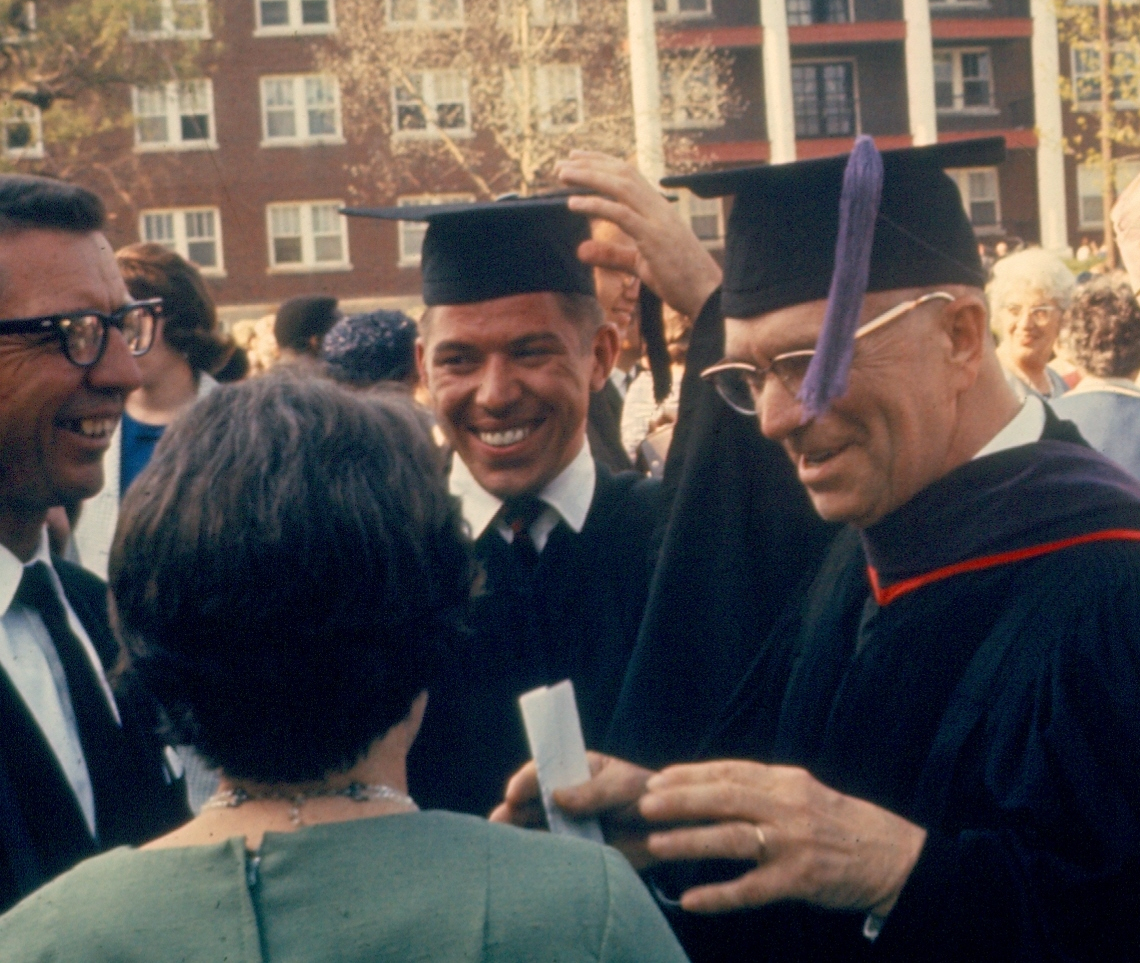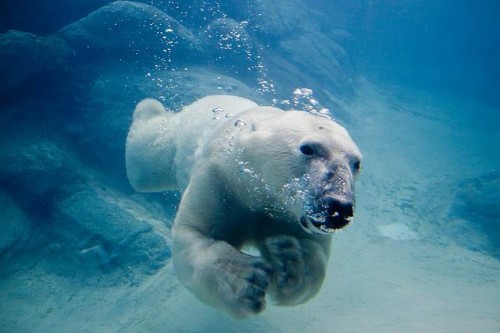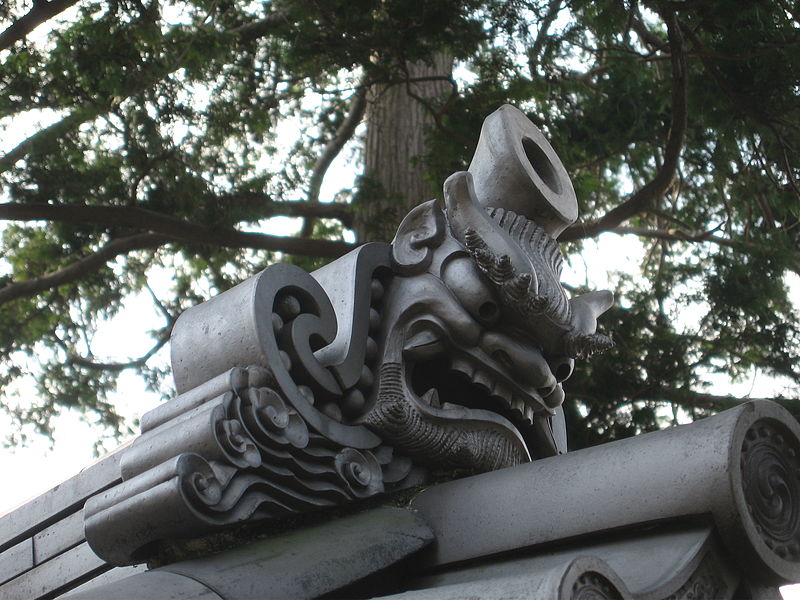
I don’t know where you’re sitting right now, but do me a favor: zoom out to a space shuttle’s eye-view of your spot on the blue marble. Now spin the globe until you’re looking at exactly the opposite side.
If you were here with me in London, our antipodal opposite would be (approximately) New Zealand. So now zoom back in with me, past the pretty blue beaches and the cabbage trees, maybe into one of those sweet little bungalows in Auckland, into its neatly decorated living room, where tucked into the drawer of an end table you’ll find a wedding album. Flip past the smiling bride and groom, and eventually the pictures will start to look weirdly familiar. Because behind their tired, happy honeymoon smiles, you can’t help noticing the architectural idiosyncrasies of your home town. And there, in the far left corner of the picture–that’s you.
I’m going to be honest here. You don’t look great. That pissy grimace is because you’ve just spilled coffee on your clean white shirt, a fitting end to what looks to have been a very long day. Unfortunately, I’m also noticing that this picture was taken during that phase when you were trying to bring back Hammer pants. If this image appeared in your Facebook feed, you’d detag it in a New York minute. You might even ask the “friend” who uploaded it to reconsider.
But here, safely tucked into a random stranger’s album in a drawer on the other side of the planet, that radioactively unflattering picture is fine with you. And the happy couple certainly doesn’t care: to them, you’re just human scenery.
Random strangers in our pictures are a prosaic fact of life on par with breathing and gravity. The question of how many tourist pictures we’re in is an exercise in stoner philosophy on par with whether we’re all really perceiving exactly the same color when we say “red”. Interesting enough, but fundamentally unknowable.
But those days are numbered. Continue reading →
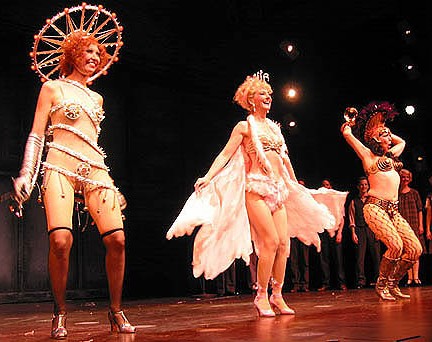 The best thing that ever happened to the Big Bang is its name. For scientists, the acceptance of a scientific concept depends on its explanation of existing data, its prediction of observable phenomena, the observation of those phenomena, and the duplication of those results. But for non-scientists—well, for scientists, too—the popularity of a concept can come down to a show biz maxim: You gotta get a gimmick.
The best thing that ever happened to the Big Bang is its name. For scientists, the acceptance of a scientific concept depends on its explanation of existing data, its prediction of observable phenomena, the observation of those phenomena, and the duplication of those results. But for non-scientists—well, for scientists, too—the popularity of a concept can come down to a show biz maxim: You gotta get a gimmick.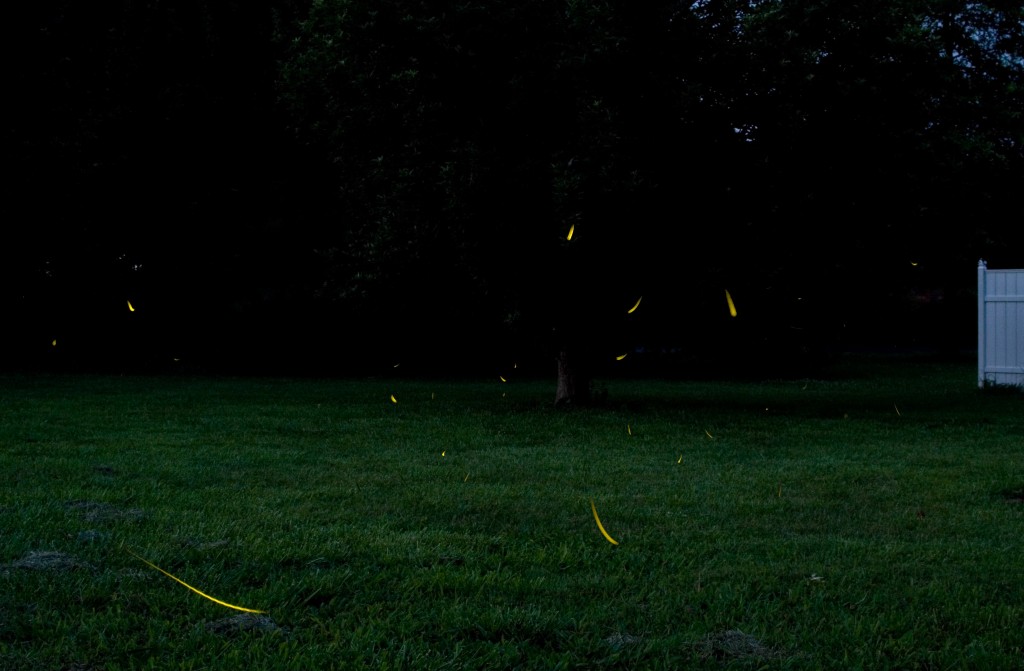
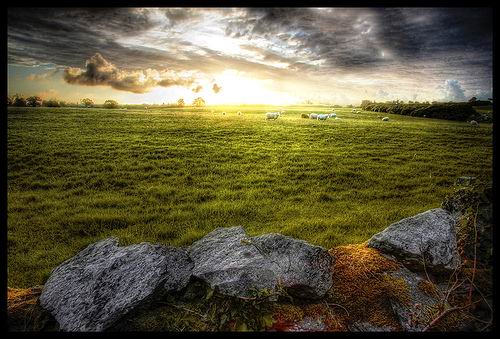
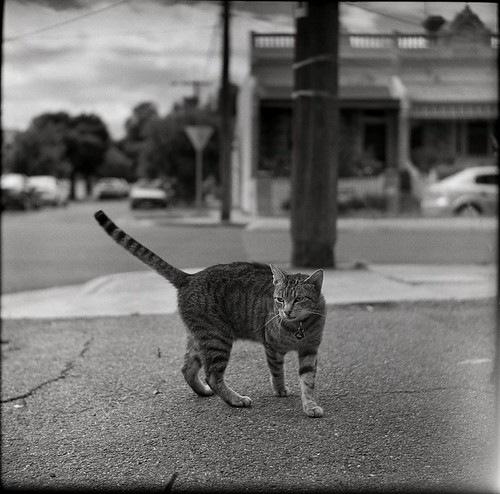 I just
I just 